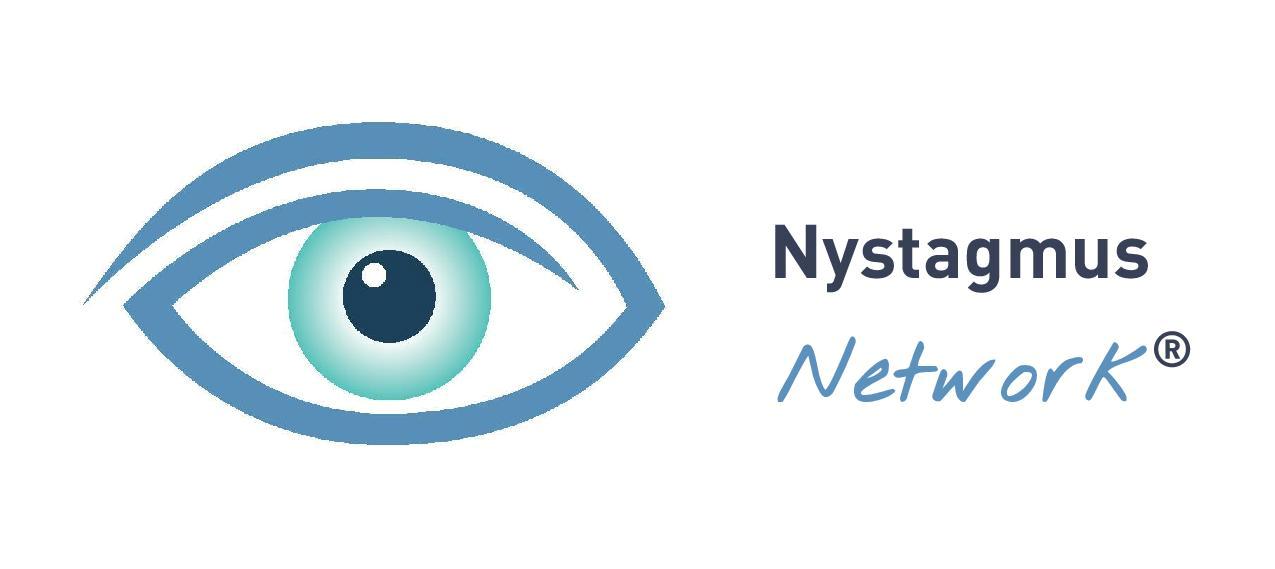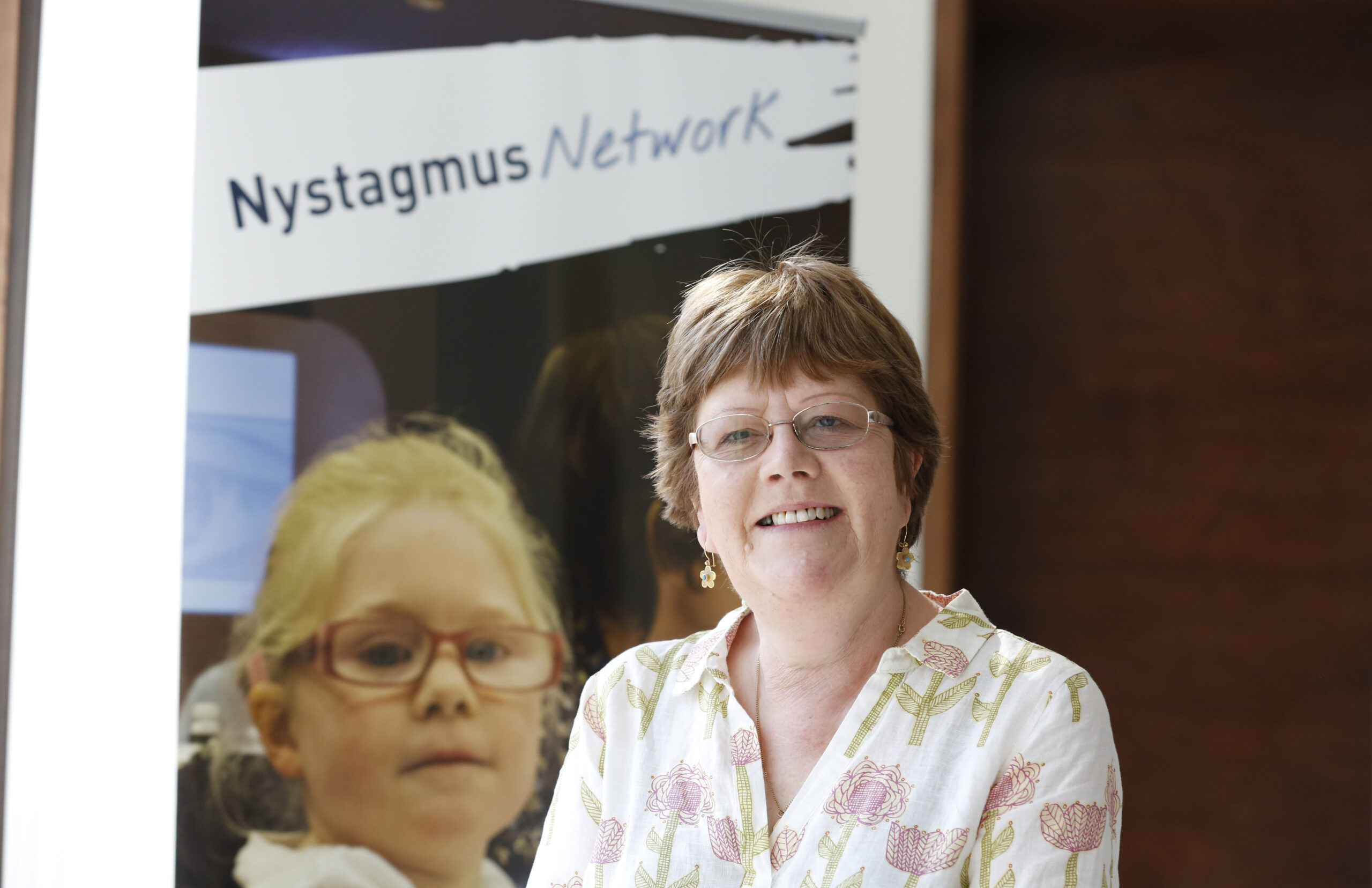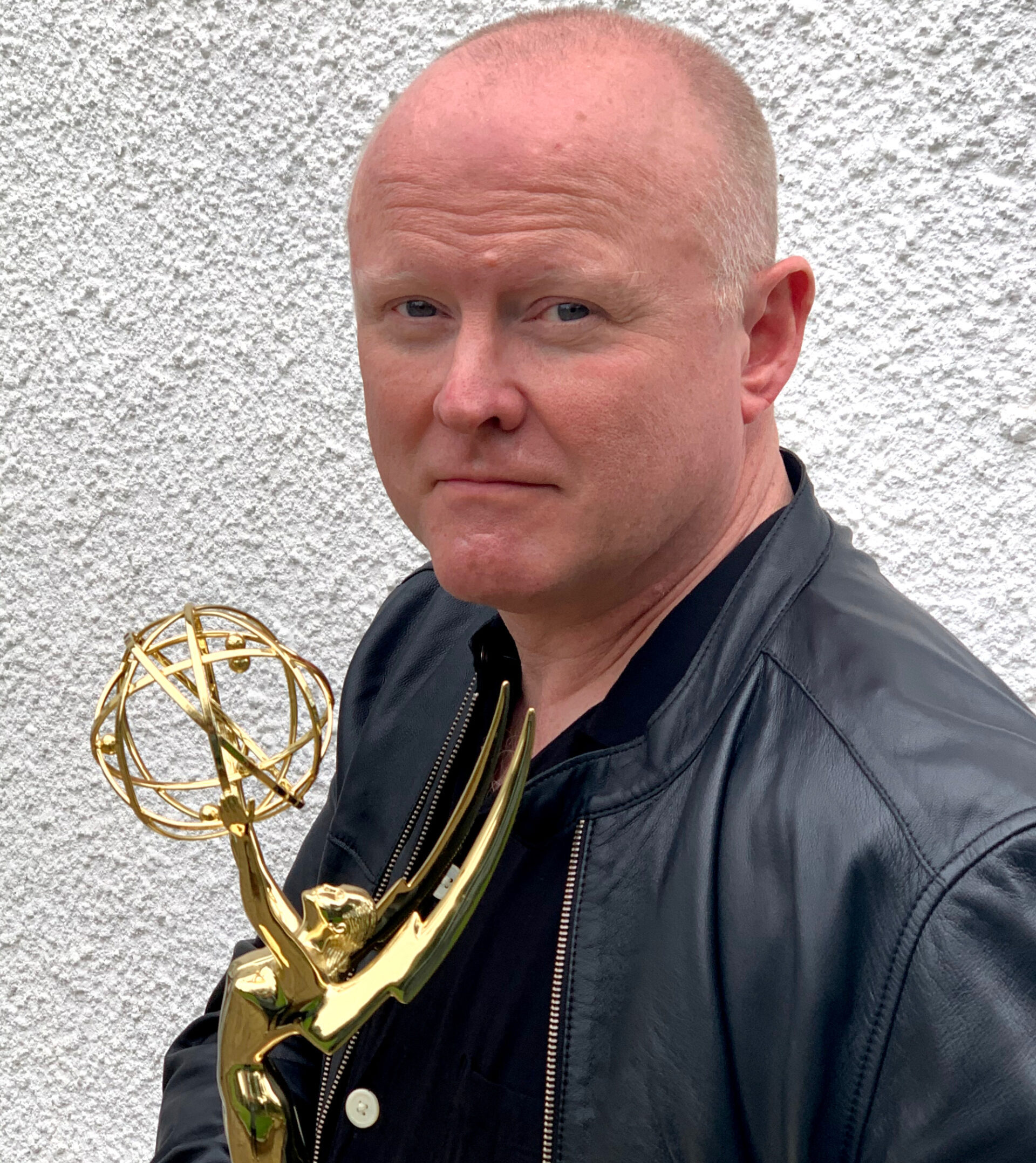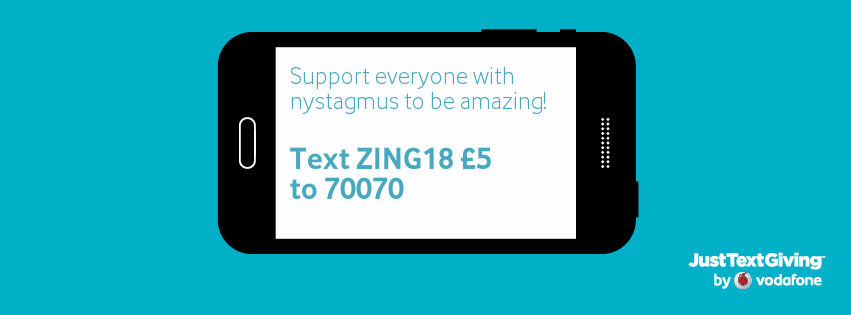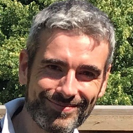For Nystagmus Awareness Day 2023 we’re giving you the opportunity to share your nystagmus story to help others understand the condition better.
You can share your story here
This is Vivien’s story …
My nystagmus journey began with the birth of our eldest son Sam in August 1983. At first, all was well but at three months old his eyes developed a wobble – and we were referred to a local eye consultant.
The consultant told us Sam had nystagmus – a condition of which we had never heard – and added that he had a “fifty per cent chance of normal school” (I subsequently discovered that was a meaningless statement – by the time Sam was born most children with nystagmus were going to mainstream school). I found it very hard to find out anything about the condition. These were pre-internet days – I felt isolated and alone.
It took a long time to find out that Sam’s diagnosis of nystagmus was only part of the story. As he developed, it became clear that he was acutely light sensitive – to the point that he could not see in daylight. We finally established when he was nearly two years old – at Moorfields – that he had a condition called cone dysfunction, meaning quite simply that the cones of his eyes did not work and explained why he was blind in sunlight. The consultant who told us this added that we had a one in four chance of our children having the condition. This came as another shock – until then we had been told that Sam’s eye condition was a one-off. We did go on to have another son, Max, who did not inherit the condition.
We travelled everywhere to find out more about our son’s eye condition. We went to Manchester University and to the London Refraction Hospital (LRH) – now the Institute of Optometry. It was as a result of a conversation at the LRH that what we now know as the Nystagmus Network was born. Ron Mallett and I agreed that a support group for people with nystagmus and their families would be a good thing and he sent me names and addresses from his patient list of people he thought might want to help. (With the advent of data protection, this wouldn’t happen today!) There was an enthusiastic response to my letter and it led to the first meeting of what was then called the Nystagmus Action Group in November 1984 at LRH. The Group was to go on to develop into the charity we know today.
Meanwhile, we were learning more and more about Sam’s eye condition. We transferred to Guy’s Hospital, where a consultant was taking a special interest in nystagmus. We agreed with him that Sam’s tinted black glasses with leather side-pieces, while effective, caused people to stare and were not a long-term solution. The consultant suggested tinted contact lenses, which he could top up with sunglasses, and special lenses were created by Guy’s for Sam. We were delighted – they improved his vision and Sam soon learned to put them in himself.
Sam did go to mainstream school – a primary school with a support unit for the visually impaired – and this special support continued at the secondary school he went to. He was able to go to university and got his first job working in Parliament. He stayed there for 15 years and now has a senior role at the Health Security Agency. To say we are proud of him is an understatement!
